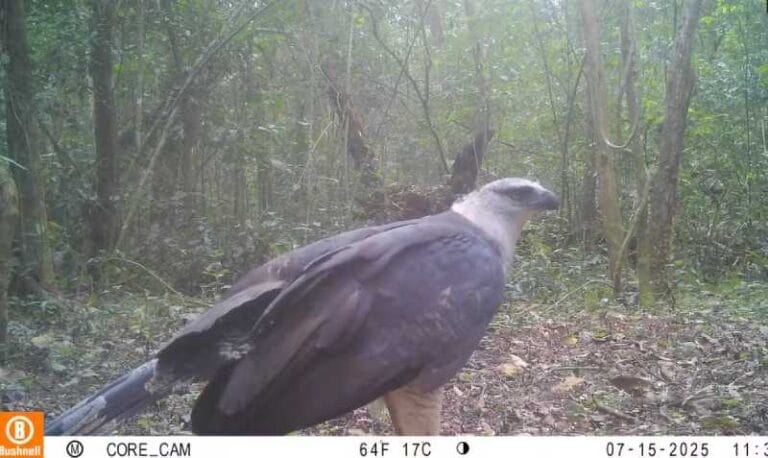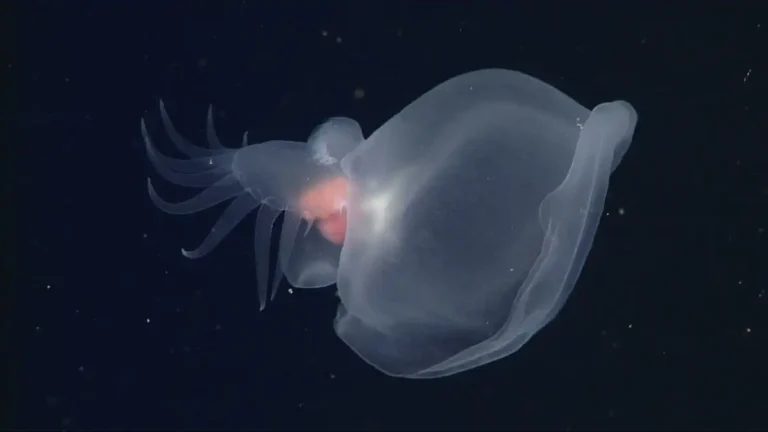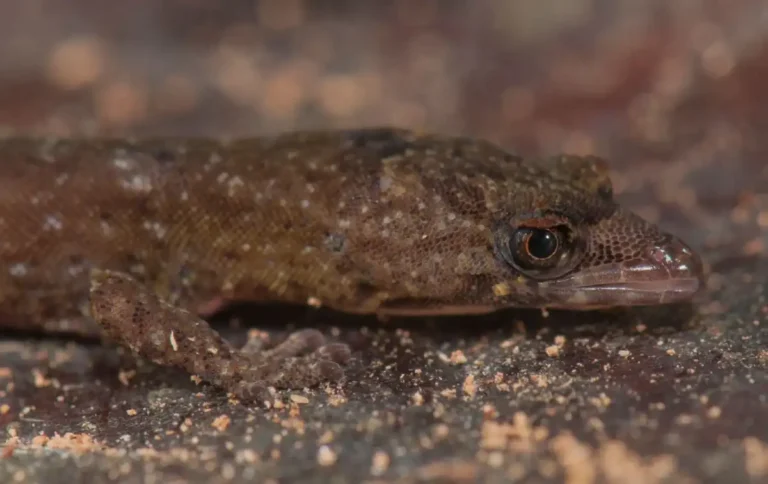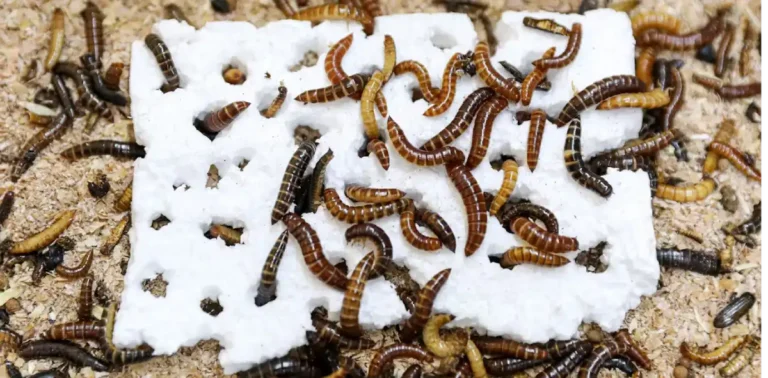Divers find bones of an extinct Caribbean monkey

A collaborative effort between cave divers and scientists has led to the discovery of a previously unknown assemblage of extinct monkey fossils located deep within the submerged passages of a Caribbean cave. This discovery adds to the limited fossil record of New World monkeys on the Caribbean islands of Hispaniola and Jamaica. Until approximately forty years ago, only a few well-preserved remains had been found, hinting at an overlooked chapter in primate evolutionary history.
Among these species was Antillothrix bernensis, the Hispaniola monkey, previously known only from an ankle bone and a few fragments of jaw. However, advancements in cave diving technology and safety since 2009 have enabled researchers to explore deeper into the islands’ submerged cave systems. In 2011, the first skull of A. bernensis was recovered, marking a significant milestone in the understanding of this species. These submerged caverns, also culturally significant to the indigenous Taíno people, have preserved fossils in remarkable condition for millennia, shielded from environmental disturbances such as wave action and animal interference.
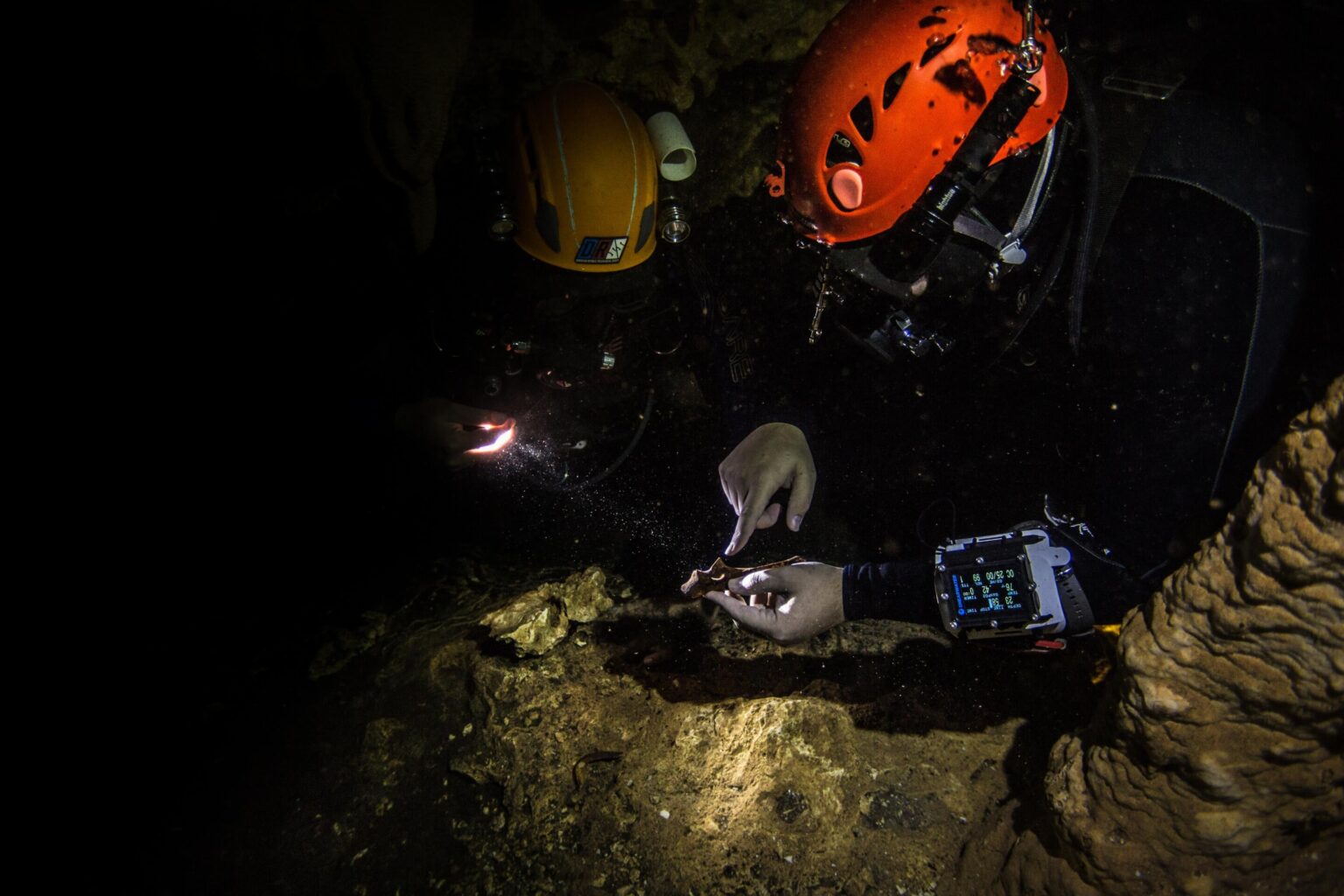
The most recent discoveries, originating from the Cueva Macho cave system on the Dominican Republic side of Hispaniola, provide new insights into the extinct species. These findings contribute to a more detailed understanding of the evolutionary history and ecological context of these primates, enriching our knowledge of the biodiversity that once inhabited the Caribbean region.
“The number and quality of the Antillothrix crania outlined in this paper allow us to describe the skull completely and understand variation between individuals,” says Johns Hopkins University paleobiologist Siobhán Cooke. “This can tell us about the diet and social systems of these animals.”
In the Cueva Macho cave system, researchers uncovered four new skulls and three additional mandibles. Along with these discoveries, an adult mandible recovered from a nearby cave, Padre Nuestro, has significantly expanded the collection of Antillothrix bernensis fossils. As a result, the species is now represented by seven nearly complete crania, two maxillae fragments, one occipital fragment, five complete mandibles, and numerous post-cranial elements. These findings offer a more comprehensive anatomical record of this extinct primate species.
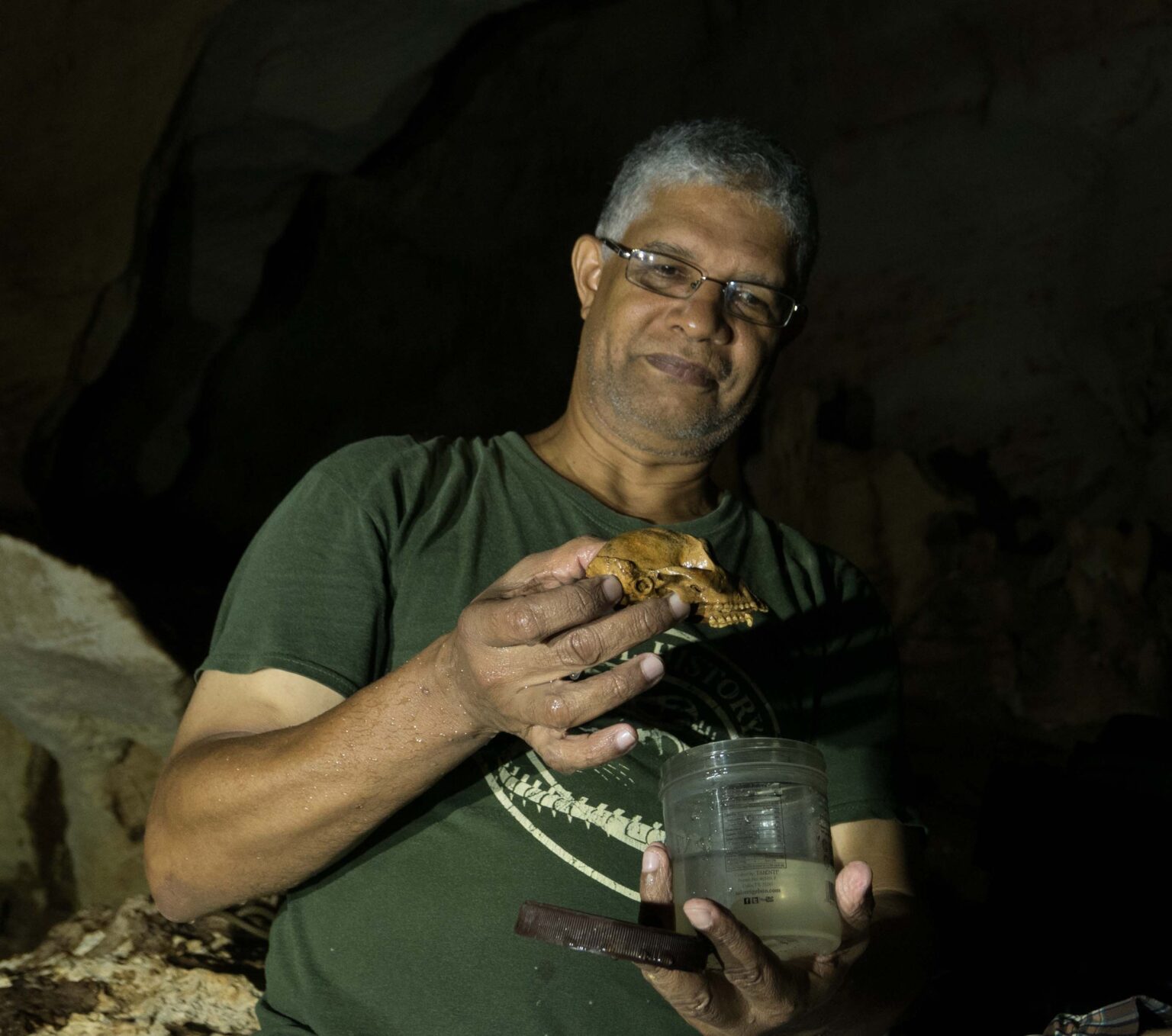
Although the collection may appear limited, it provides substantial information, particularly through the well-preserved skulls. These fossils allow researchers to infer critical aspects of the monkeys’ biology, including their size, diet, sexual dimorphism, and even aspects of their social structure. This level of detail surpasses what is known about any other extinct Caribbean monkey species, offering a rare and invaluable glimpse into their lives.
“These new specimens, in combination with those previously described, will allow for a detailed study of population- and species-level variation, an exceedingly rare opportunity for any fossil primate,” the authors write in their paper.
Through analysis of the fossils, researchers have estimated that both male and female Antillothrix bernensis were of similar size, reaching up to 3.4 kilograms (approximately 7 pounds). This lack of pronounced size difference between the sexes suggests that competition for mates may not have been intense, and it is likely that these monkeys lived in small, monogamous family groups. Additionally, the fossil evidence indicates that offspring may have relied on parental care, providing further insight into their social structure.
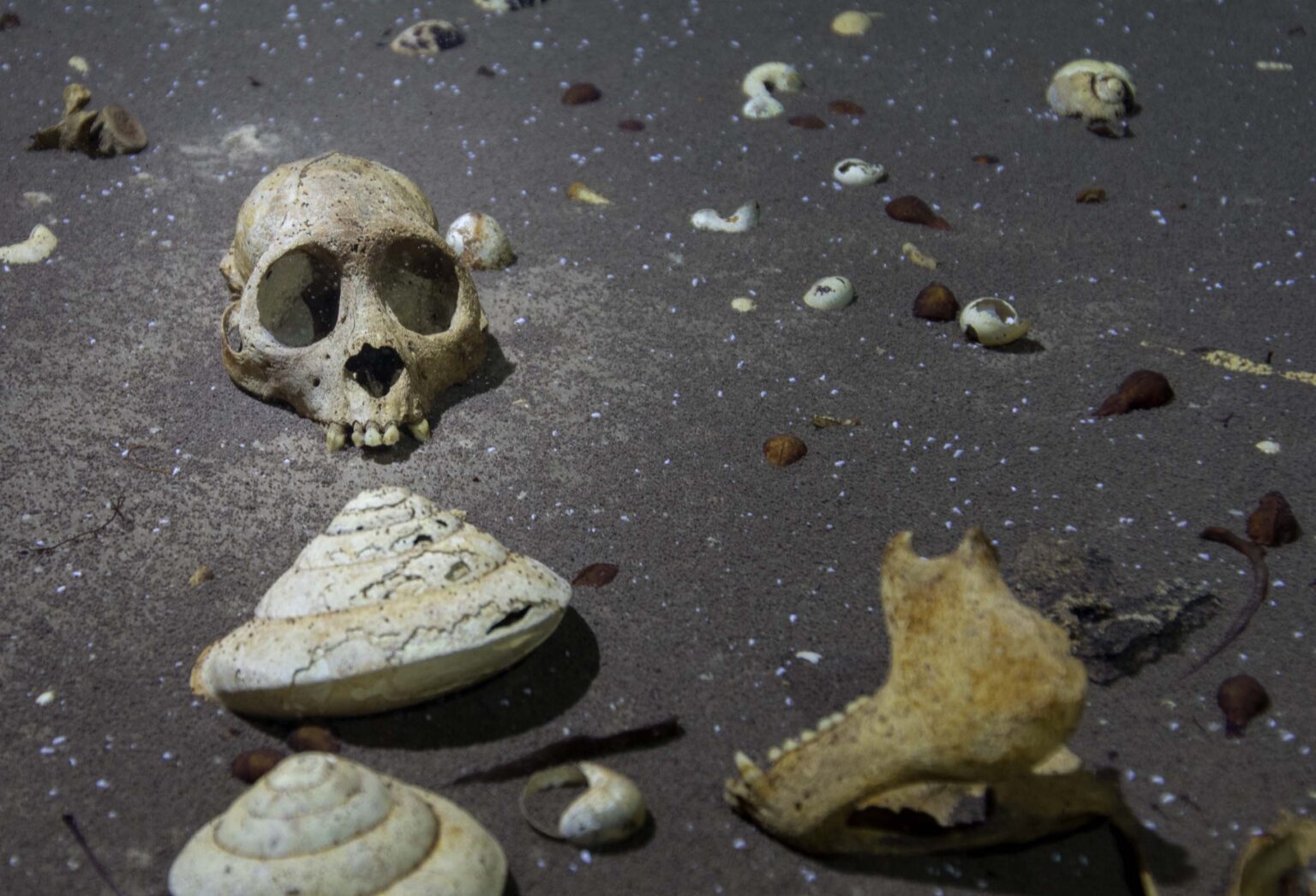
The rounded teeth and small canines of Antillothrix bernensis suggest a diet primarily consisting of fruit, much like that of modern South American titi monkeys, which share similar dental and physical characteristics. Interestingly, these monkeys appear to have lacked wisdom teeth, a rare trait among primates.
How these monkeys ended up in the caves remains a mystery. However, based on damage observed on the jaw fossils, Cooke speculates that their presence in the caves was likely involuntary, possibly resulting from external forces rather than intentional habitation.
“It could be possible that a now extinct owl, which would have been quite large, caught these monkeys and brought them into the cave where it was living –rather than the monkeys falling in at random,” she says. “Owl feeding deposits are not uncommon in Hispaniolan caves.”
The extinction of the Hispaniola monkey (Antillothrix bernensis) occurred within the last 10,000 years, though the specific factors leading to its disappearance remain unclear. Environmental changes, human activity, or a combination of both may have contributed to the decline of the species, but definitive evidence has yet to be uncovered to determine the exact cause of their extinction.
- See also: Giant pangolin rediscovered in Senegal
“These fossils help us to better understand the anatomy of Antillothrix, which can help us identify ecological factors that might have predisposed it to extinction… [and] ultimately guide policy for preserving the remaining mammalian diversity on the Caribbean islands and elsewhere ” says Cooke.
This research was published in Journal of Human Evolution.

